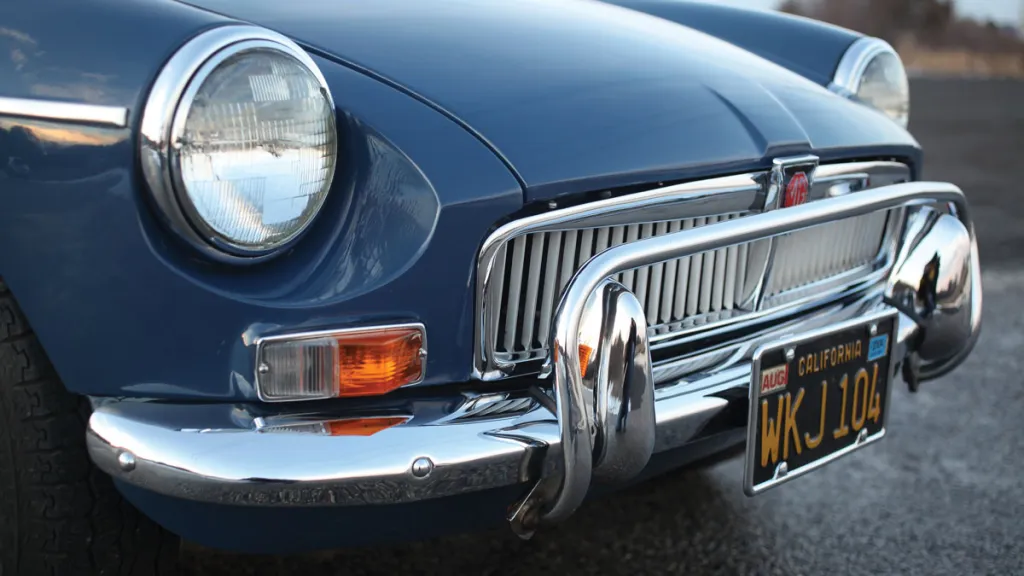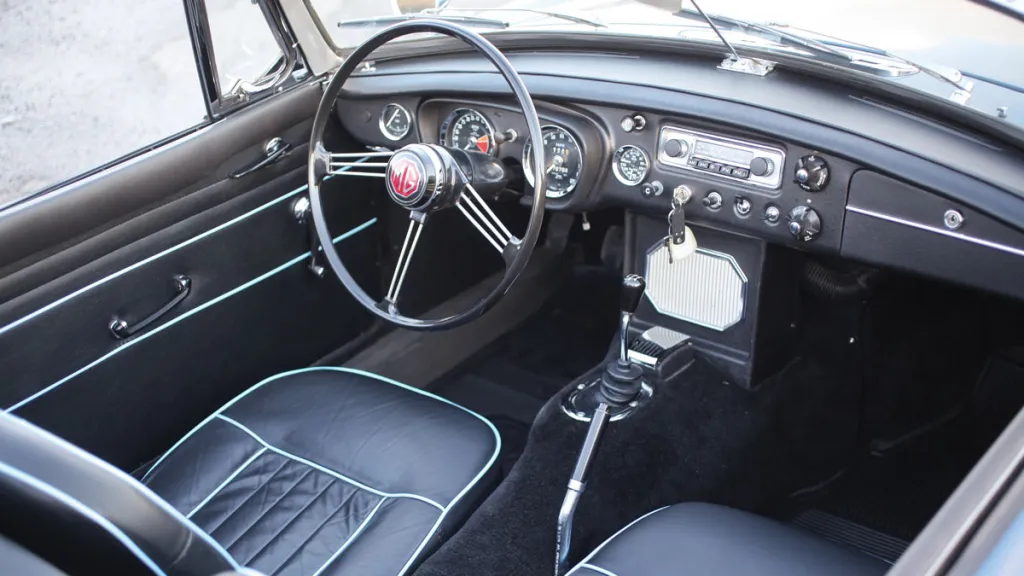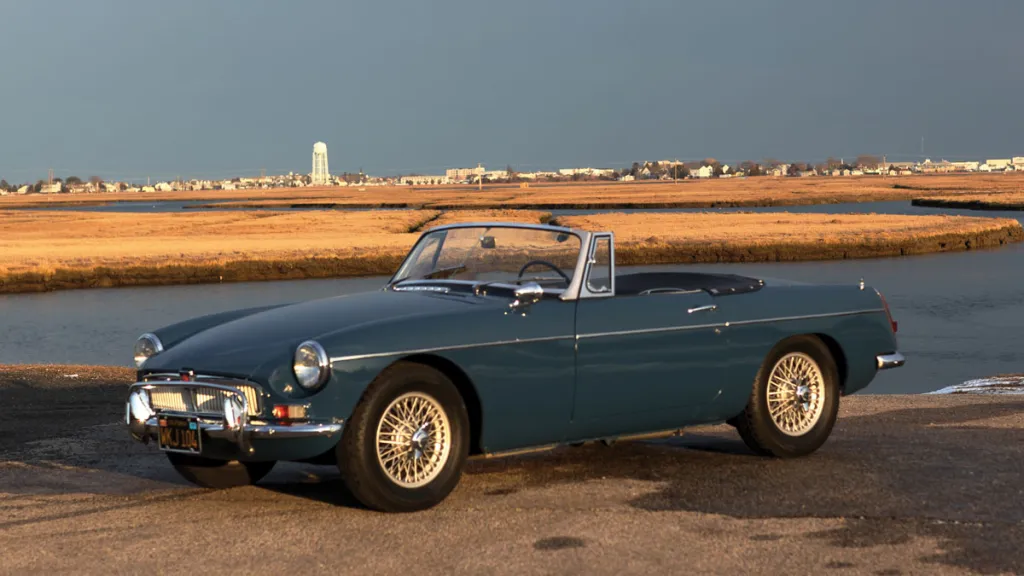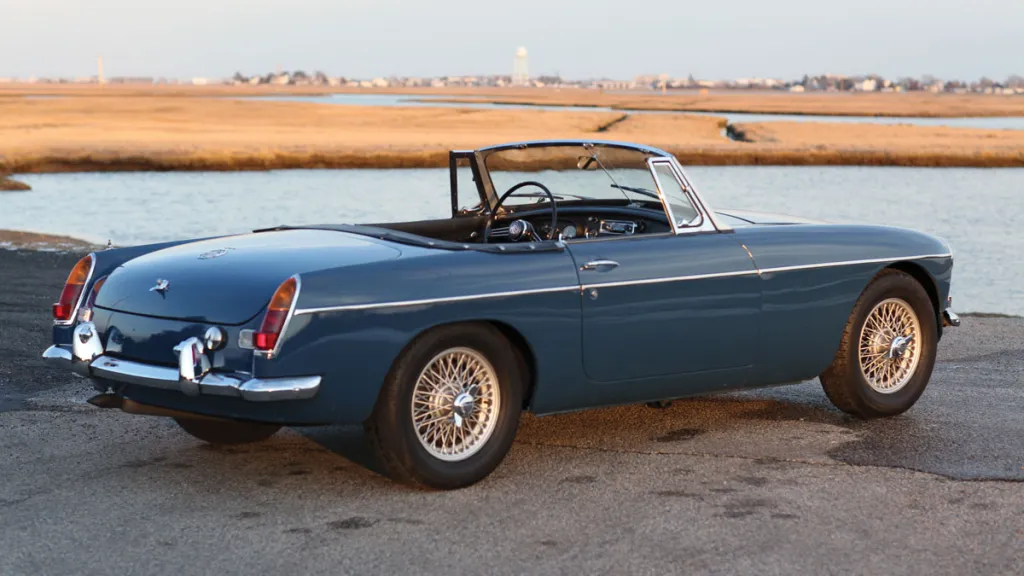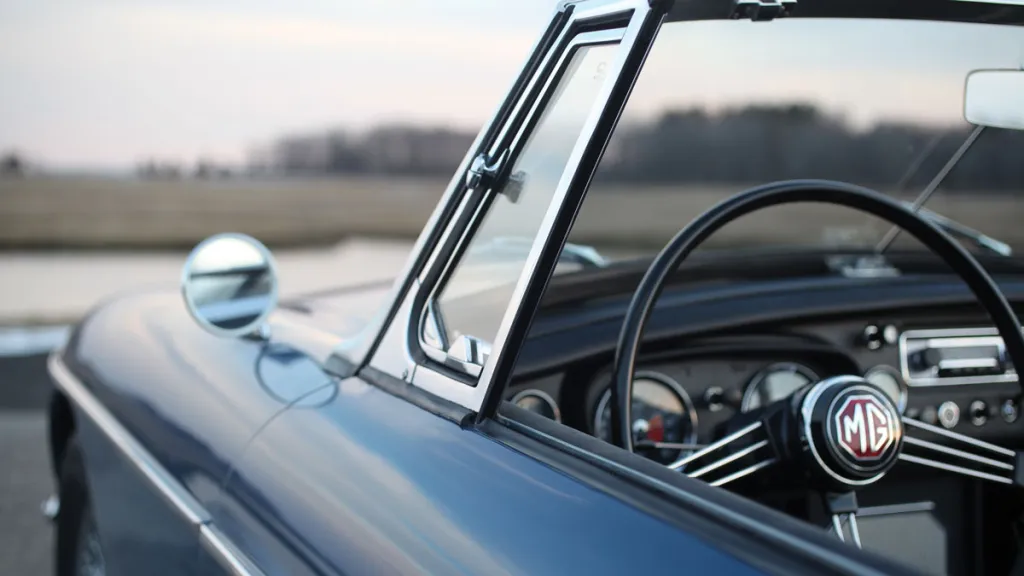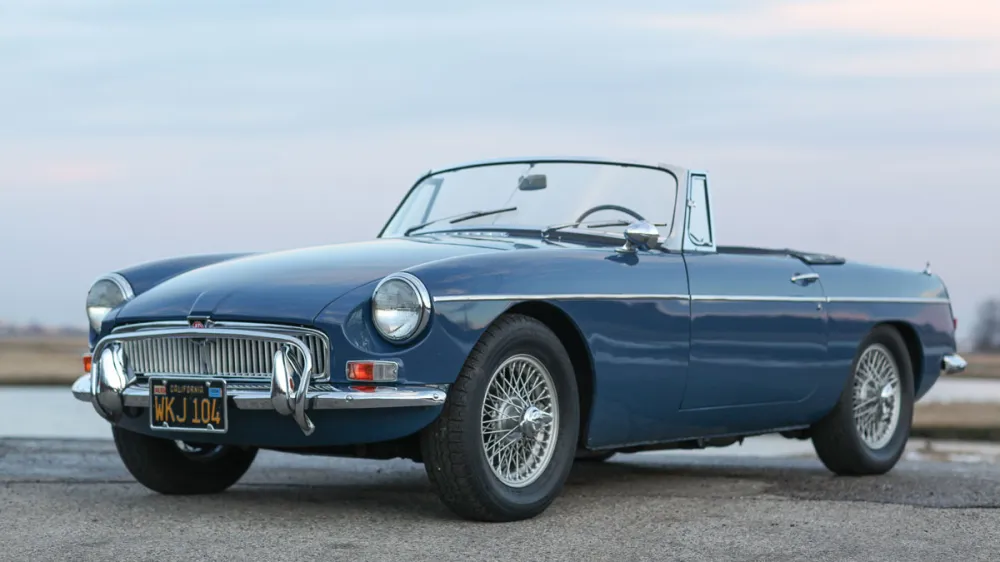In a world obsessed with high horsepower and digital dashboards, the MG MGB stands as a charming reminder that driving joy doesn’t always mean driving fast. Built from 1962 to 1980 by Morris Garage (MG), the MGB helped ignite America’s postwar love affair with the sports car—and now, more than 60 years later, it remains one of the most accessible and rewarding collector cars on the market.
The story begins with soldiers returning from World War II, bringing back pint-sized British roadsters like the MG-TC. Their spartan but spirited handling set a template for lightweight sports cars in the U.S., and by the early 1960s, MG was ready to evolve. Enter the MGB, a sleek, modern machine with a unibody design that left its predecessors—and much of its competition—in the past.

Unlike the more basic MG-TD or the curvy MGA, the MGB embraced a new era. It offered a more refined silhouette, roll-up windows, and real-world usability. Then, in 1965, the brand introduced the MGB-GT—a coupe version designed by Pininfarina that added Italian flair and 2+2 practicality. Though not as popular as the convertible Roadster, the GT brought versatility without compromising aesthetics.
Under the hood, the MGB came equipped with a 1.8-liter inline-four that made under 100 hp. On paper, that doesn’t impress—but the experience behind the wheel is what matters. The Roadster’s light frame (just over 2,000 pounds) means it handles like a true driver’s car, even if 0–60 mph in 13 seconds feels leisurely by today’s standards. Enthusiasts looking for more muscle could opt for the short-lived MGC, made from 1967 to 1969. With a 2.9-liter inline-six and 145 hp, the MGC boosted top speed to 120 mph—but added over 200 pounds, making it feel nose-heavy in the corners. Only 8,999 MGC and MGC GTs were built, making them rarer—but not necessarily better—for spirited driving.
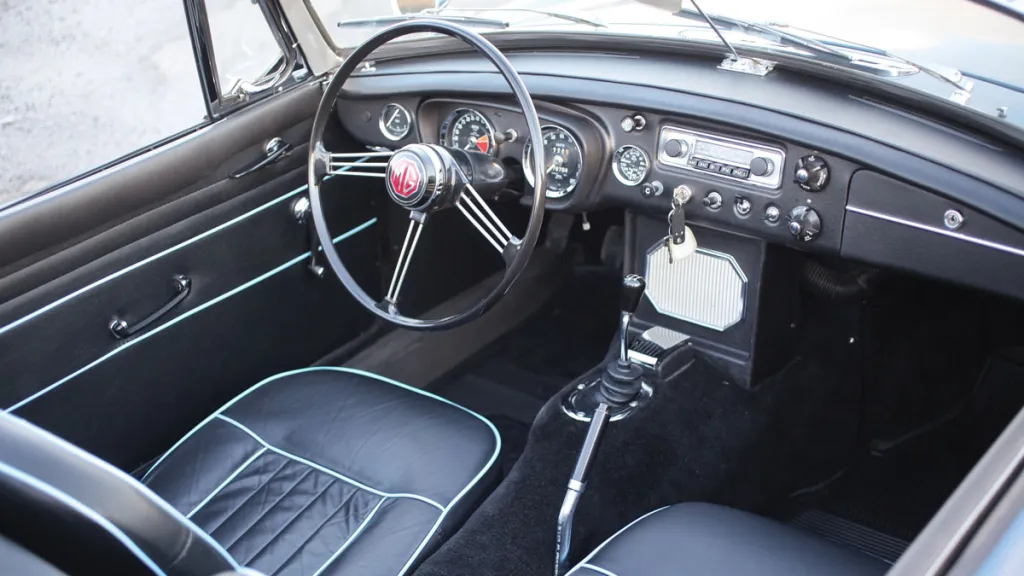
Over 500,000 MGBs were made, and not all are created equal. The 1968 Mark II brought mechanical upgrades like a fully synchronized four-speed gearbox and improved electrics. Interiors were refreshed in 1972, but the major aesthetic shift came in 1974 when chrome bumpers were swapped for chunky rubber ones—due to U.S. regulations. The ride height was also increased, hurting both stance and handling. That’s why collectors tend to favor pre-1974 cars, especially those from the mid-to-late ’60s. These models strike the best balance of mechanical reliability, performance, and classic style. However, later versions (especially 1977–1980) improved handling with front and rear anti-roll bars, helping offset the detuned engines and higher ride.
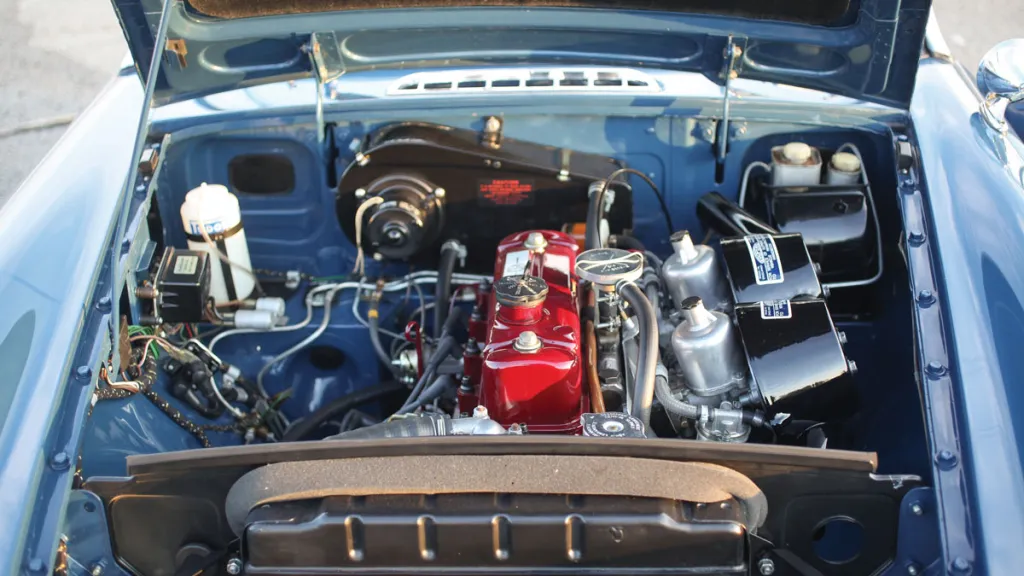
One of the MGB’s greatest strengths? Simplicity. Whether you’re a weekend tinkerer or a restoration rookie, the MGB offers mechanical accessibility. Companies like Moss Motors provide a vast catalog of affordable replacement parts, and the car’s basic design means you can perform much of the maintenance yourself—turning every drive into a more personal connection.
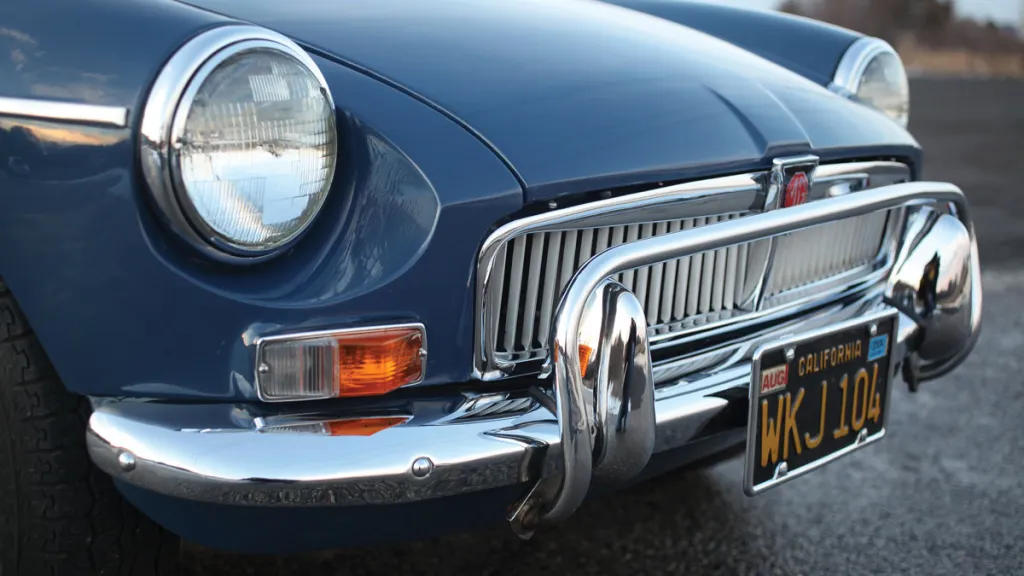
Today, you can still find solid driver-quality MGBs for around $10,000 to $15,000, while showroom-level examples may command $30,000 to $40,000. But perfection isn’t the point. The true magic lies in the open road, top down, wind in your hair—and knowing you’re piloting a machine that once helped shape an entire automotive culture.
